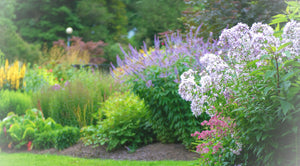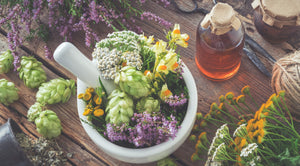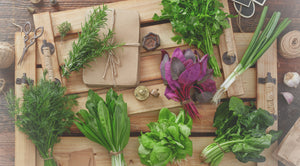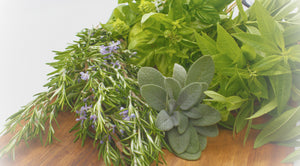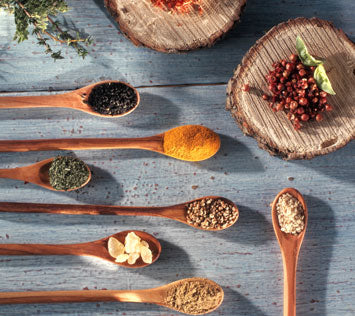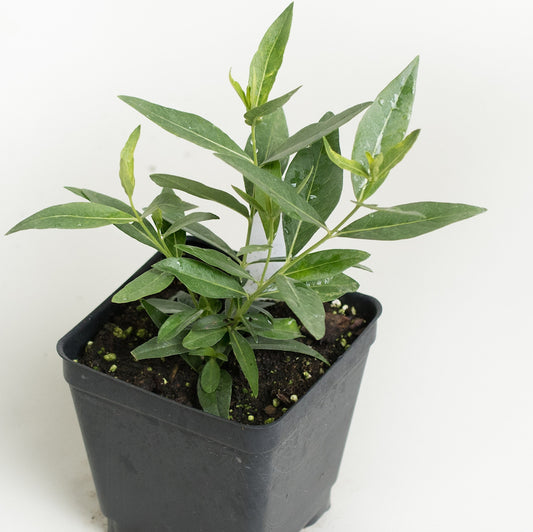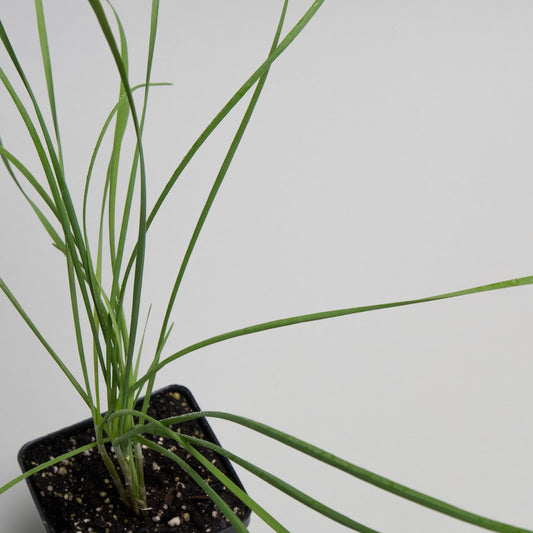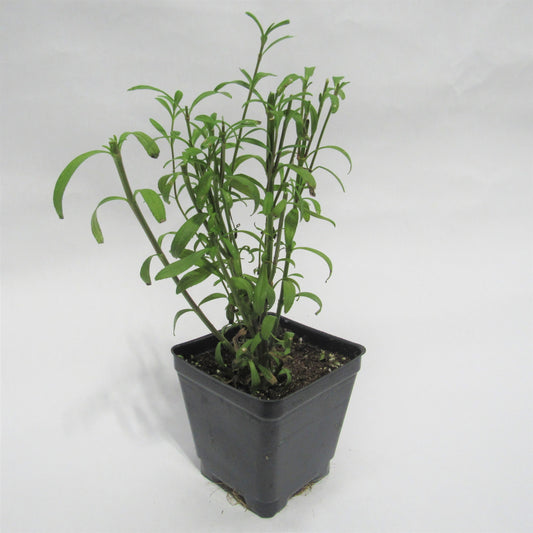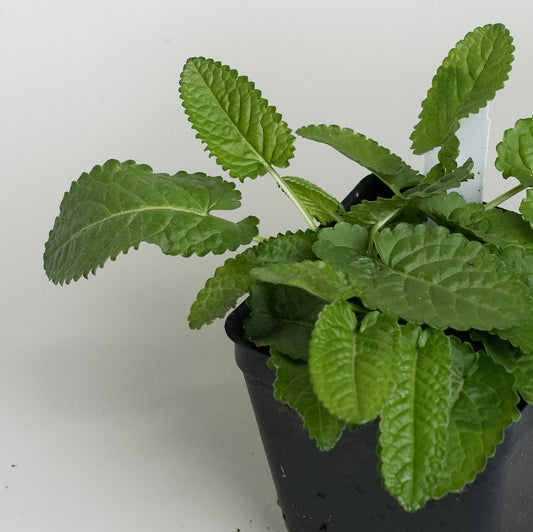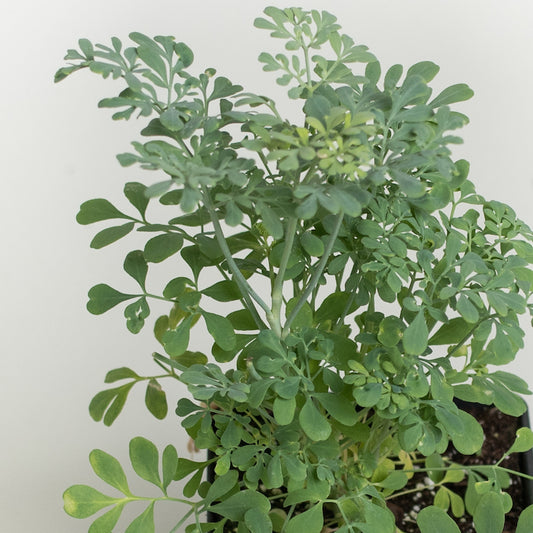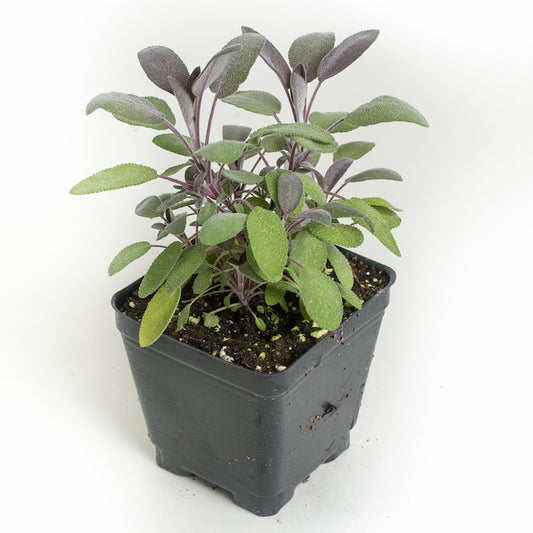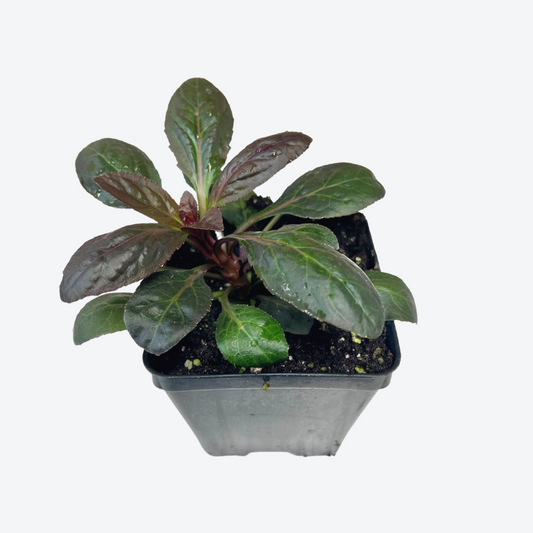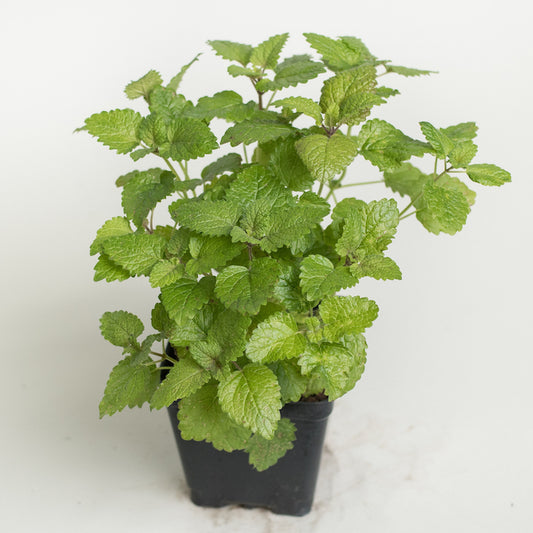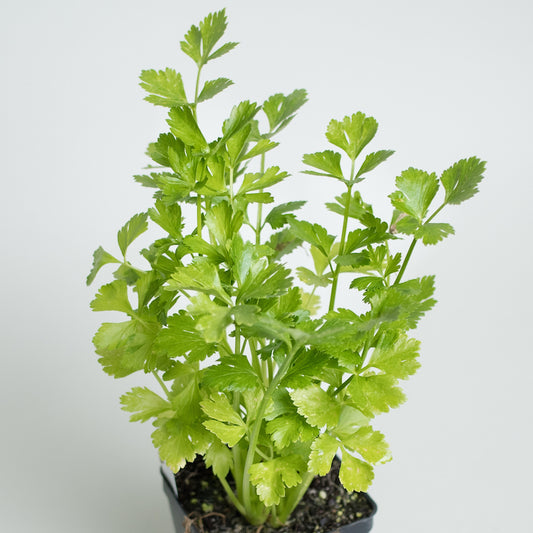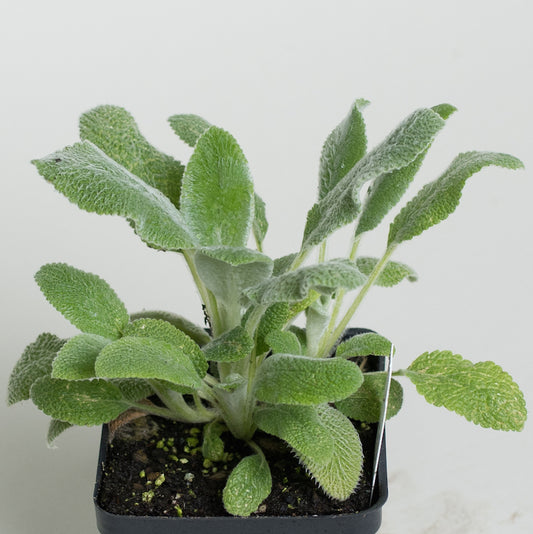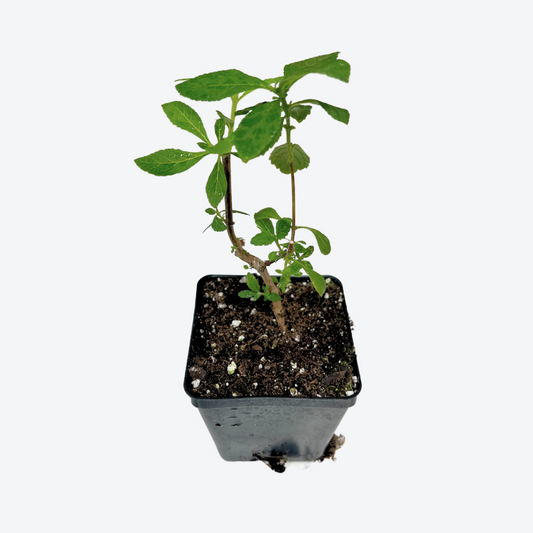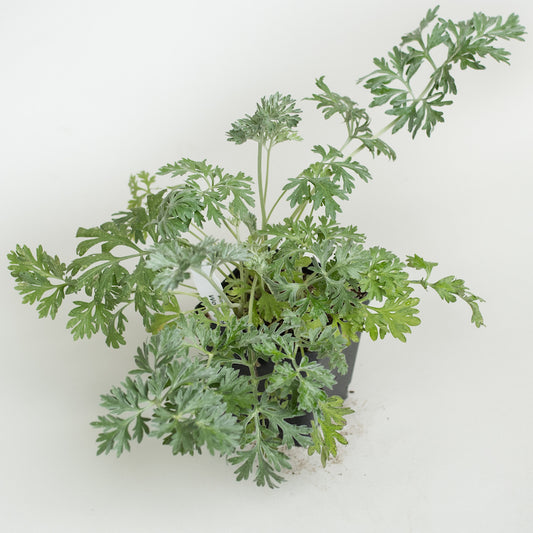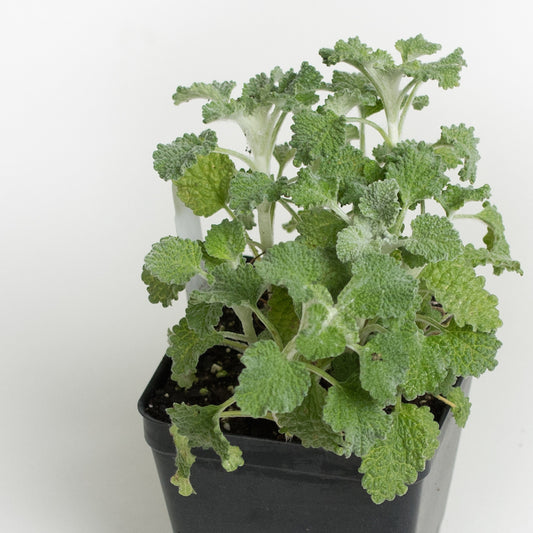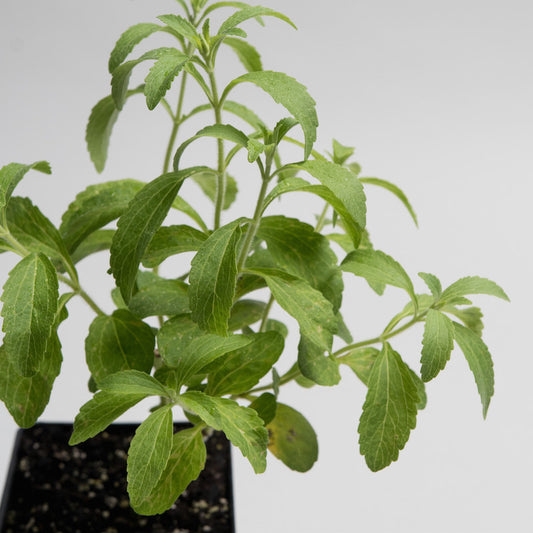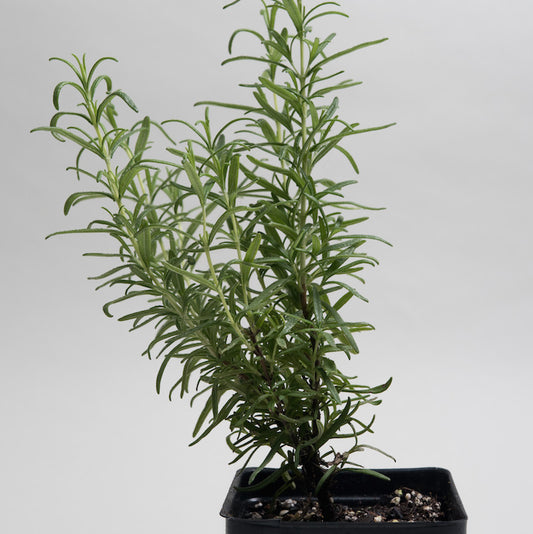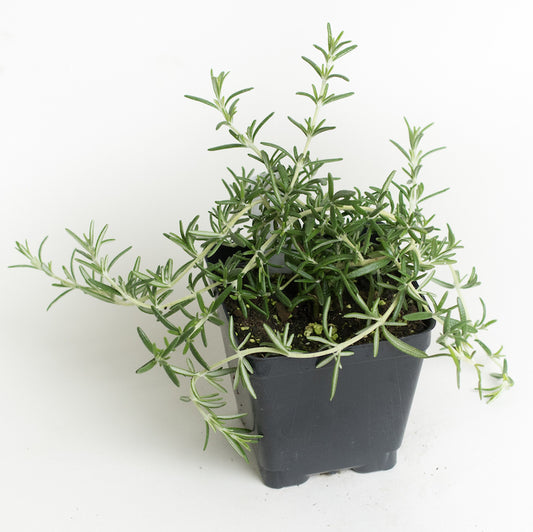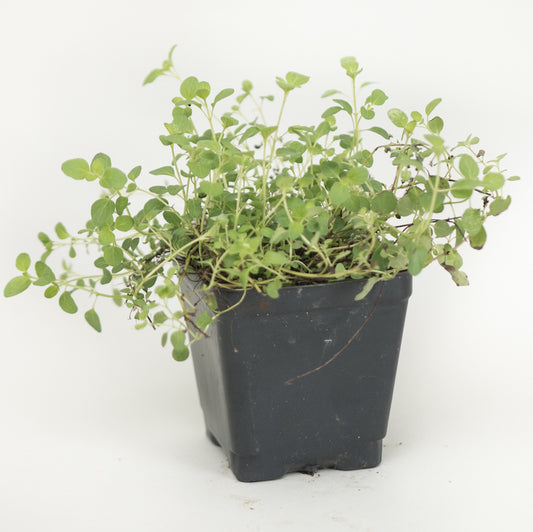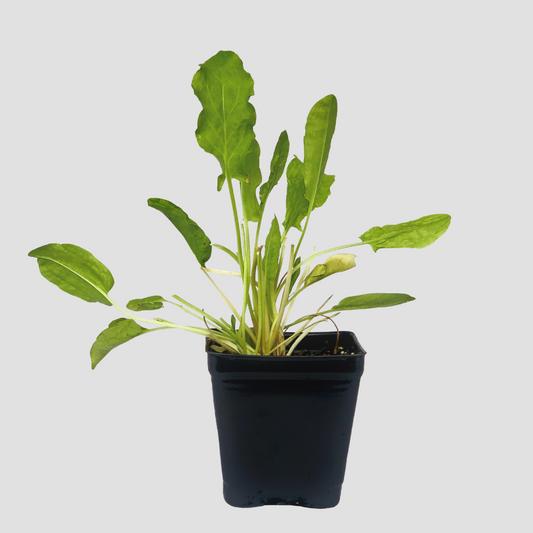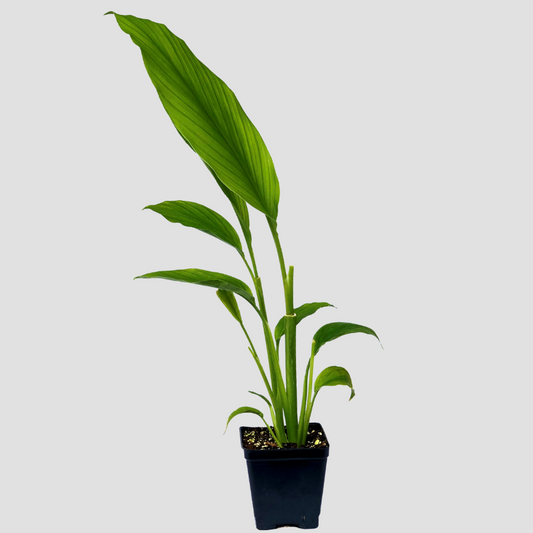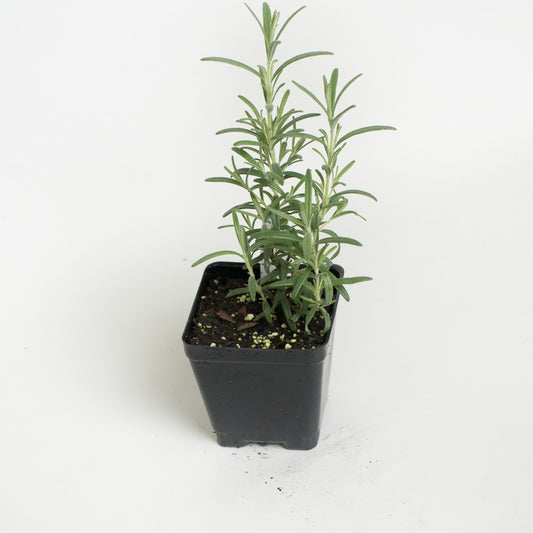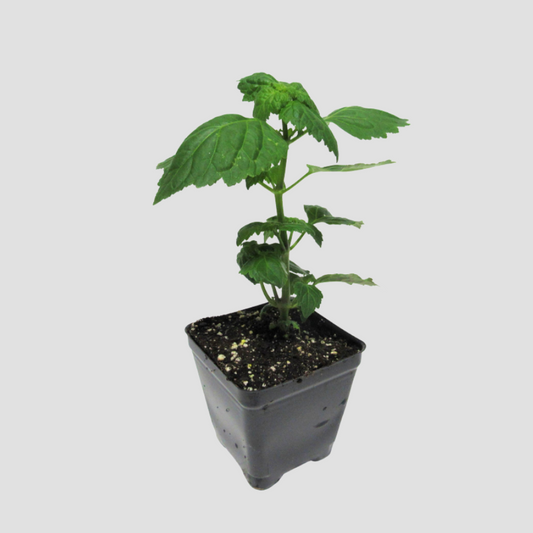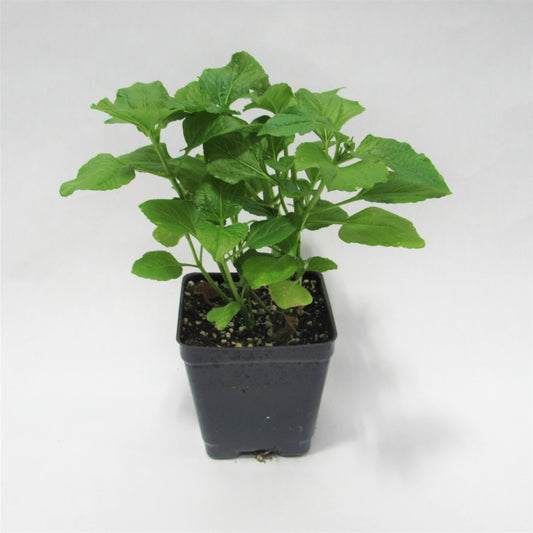With mild winters, longer growing seasons, and hot summers, the Zone 9 areas in the southern and the western regions of the United States are best for plants that thrive in warmer climates and winters that rarely fall below freezing temperatures.
The Grower’s Exchange is your reliable source for healthy herbs and plants in Zone 9. If you’re considering adding plants and herbs to your home based on their ability to survive your zone, we can help you find suitable options. Our catalog of Zone 9 plants is ideal for heat tolerance and a mild winter garden.
Read more to learn about plants in Zone 9.
Zone 9 Plants and Herbs for Indoor and Outdoor Use
We offer a variety of healthy and organic plants and herbs grown in chemical-free gardening setups. Whether you want a garden for the hot or cold season or options that can survive the whole year round, you can find the perfect addition to your yard, container garden, or herb collection at The Grower’s Exchange.
Blue Star 'Blue Ice': A durable but beautiful addition to your garden. It’s the perfect landscape plant that changes color to match the season. In the spring and summer, it has dark green foliage with dark lavender-blue flowers. By the fall and winter seasons, it has a lovely golden-yellow hue.
Chives Garlic: Add deeper flavor profiles to your food without letting it get too overpowering with a handful of fresh chives to sprinkle on your plate. It’s a popular addition to any herb garden, as they’re quick to regrow and are fairly easy to maintain.
Fennel “Green”: A popular herb in our store that can survive the warm to hotter zones, fennel has eye-catching foliage but works just as well as an herb for your soups and stews. Add it to your salmon dish or steep it in tea for a calming and diuretic effect. In the summer, it produces beautiful yellow flowers and attracts pollinators to your garden.
Cuban Oregano: Also known as the Spanish Thyme or Mexican Mint, Cuban Oregano has a delectable scent stronger than its Greek variant. As a semi-tropical plant, It prefers the hotter climate but is best kept away from direct sunlight.
What Is Zone 9?
Factors such as geography and topography can affect how well some plants can survive in certain areas throughout the United States. With varying US temperatures, the United States Department of Agriculture (USDA) established the USDA Plant Hardiness Zone Map. This map helps farmers, gardeners, and people interested in growing plants determine their location’s zone and which plants can survive in their local climate.
The USDA Plant Hardiness Zone Map divides the US into 13 growing zones. Each zone entails a 10-degree temperature range based on their minimum winter temperature. This means that plants that thrive in Zone 1 do better in harsh, freezing cold conditions than plants in Zone 13, which barely see cold weather.
Zone 9 is the start of the hotter summer zones as it features longer and hotter summers and winters that barely go under freezing. Plants in Zone 9 experience average minimum winter temperatures ranging from 20°F to 30°F (-6.6°C to -1.1°C). Zone 9 can be divided into:
-
Zone 9a: 20°F to 25°F (-6.6°C to -3.8°C)
-
Zone 9b: 25°F to 30°F (-3.8°C to -1.1°C)
Because of their varying topography, climate, and location, one state can have multiple zones. States that have Zone 9 areas on their map include:
- Alabama
- Arizona
- California
- Florida
- Georgia
- Hawaii
- Louisiana
- Mississippi
- Nevada
- New Mexico
- Oregon
- South Carolina
- Texas
- Utah
- Washington
Zone 9 plants are best planted in early February to catch the growing season that lasts from February to December. Plants in Zone 9 should be tolerant of hotter temperatures. You may want to consider cultivating separate winter and summer gardens to maximize your space.
Shop at The Grower’s Exchange for Zone 9 Plants
The Grower’s Exchange is a reliable online source for organic flora for gardeners, landscapers, and everyday herb enthusiasts in the United States. Find suitable plant options for your climate and maintain a beautiful and healthy garden for the season or all year round.
Please Note: We sell plants online, NOT seeds. Our plants are well rooted and ready to plant - our standard pot is 3.5 inches. After you buy, we will ship our plants when they are ROOT READY. They will have good top growth unless they are coming into or out of dormancy. We grow all of our plants to the point that they are ready to go into the ground or a container.
